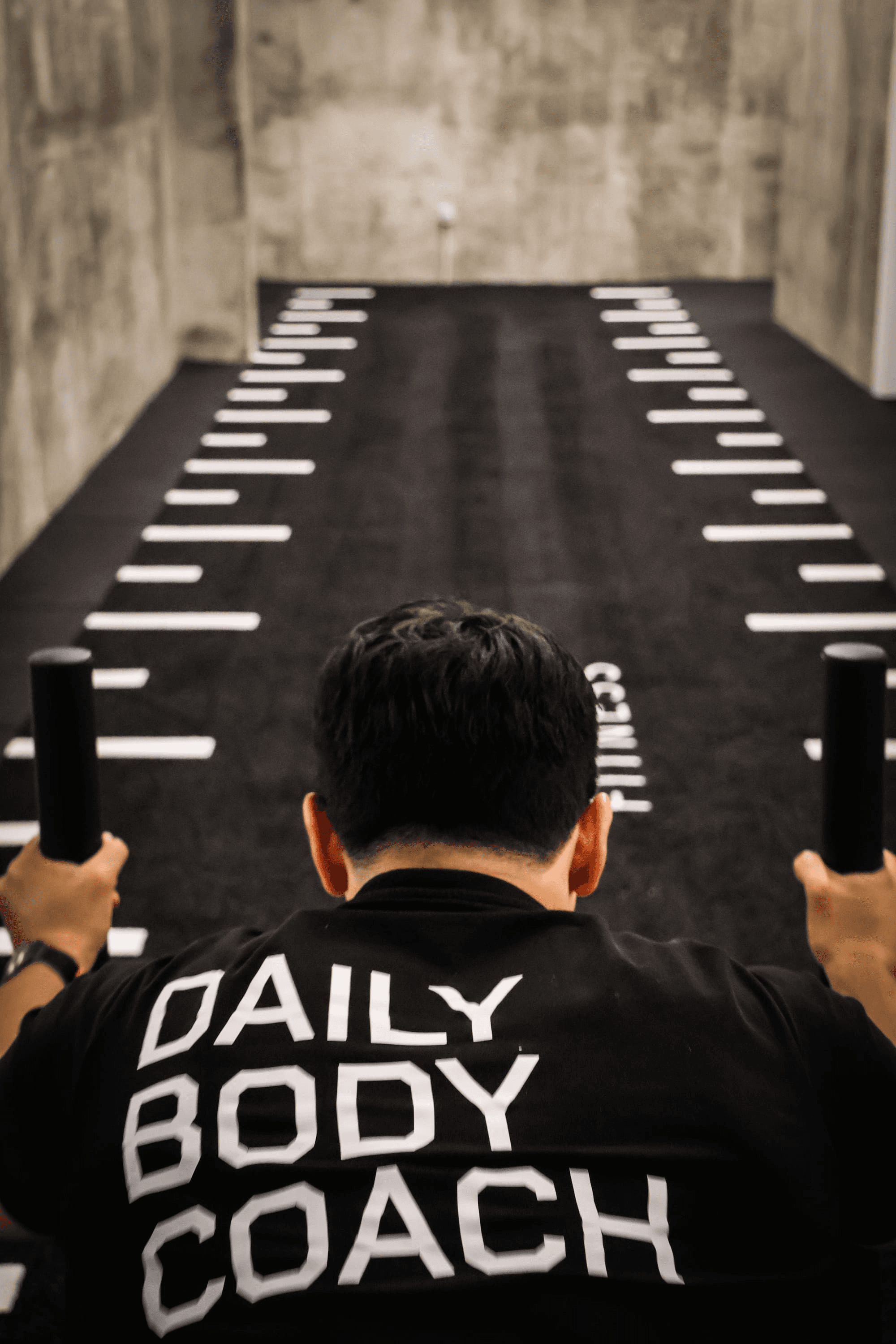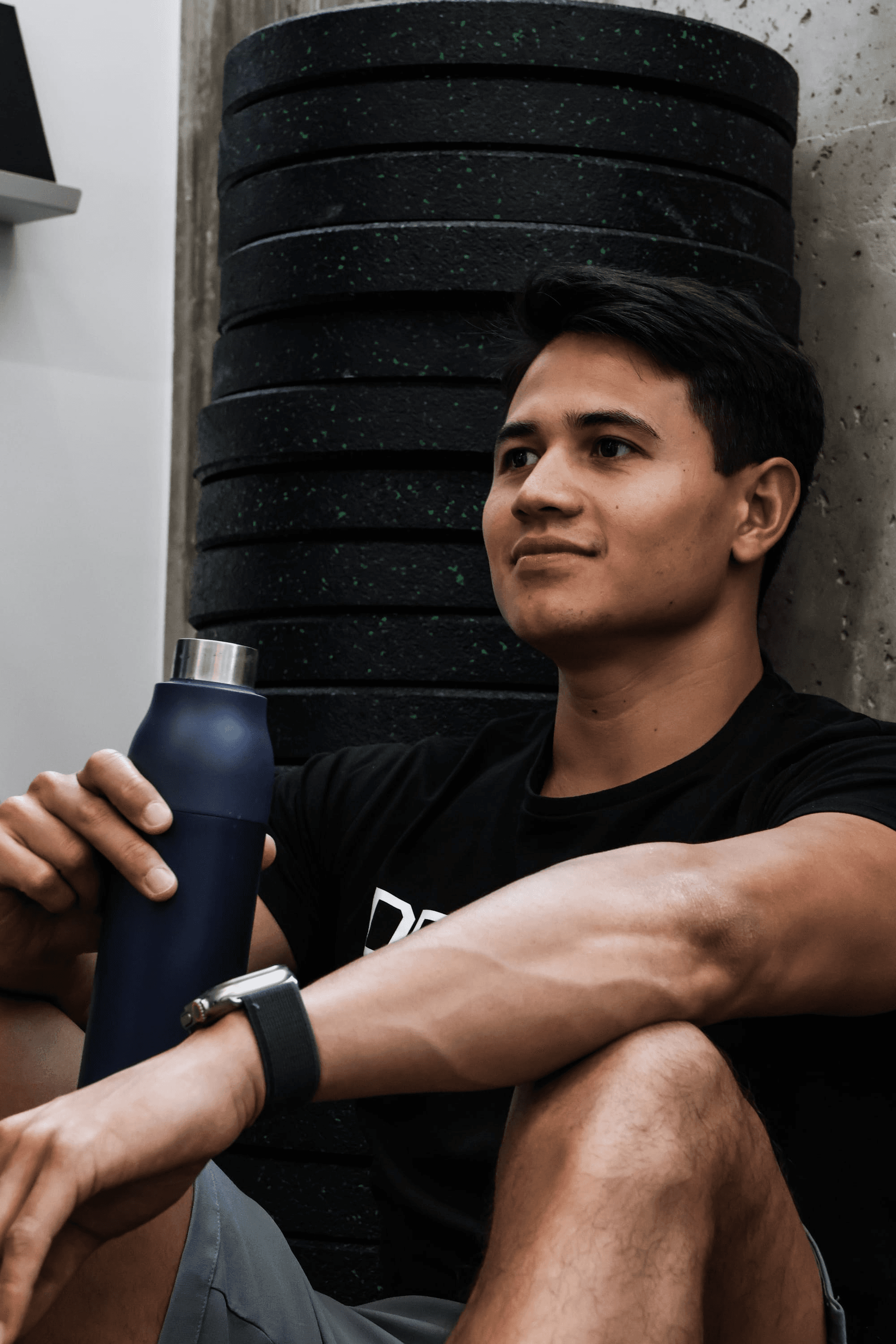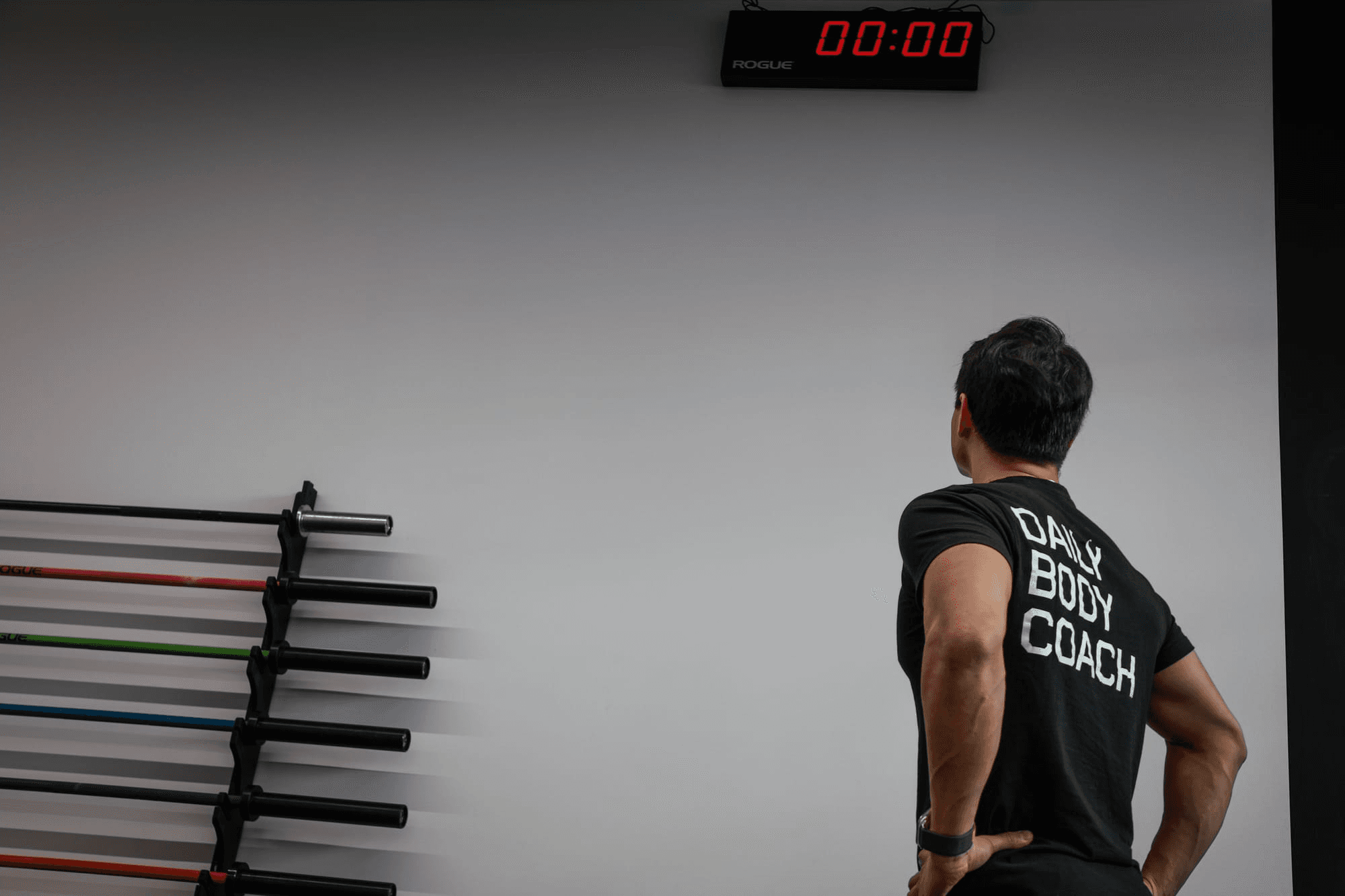2
min read
You know that feeling of soreness, stiffness and reduced range of motion that you feel after an intense workout session? This is known as DOMS - Delayed Onset Muscle Soreness.
This is your body’s natural response to unfamiliar physical demands (such as a new workout plan, increased duration or intensity or new movements). It is generally considered a normal part of the muscle repair and adaptation process.
The exact mechanisms behind DOMS are still being studied, but it is believed to involve a combination of factors. This soreness is thought to be caused by tiny tears in muscle fibers, which lead to inflammation and the release of chemicals that make the muscles ache. Other factors, like the buildup of lactic acid and damage to muscle cell membranes, might also contribute to this soreness.
Although DOMS are generally harmless, there are several strategies that you can use to alleviate discomfort and help with recovery:
Gradual Progression: Gradually increasing the intensity and duration of workouts allows the muscles to adapt more effectively
Proper Warm-Up and Cool-Down: A good workout plan will have a thorough warm-up before exercise and proper cool-down afterwards to help prepare the muscles for activity and promote circulation
Hydration and Nutrition: Staying hydrated and consuming a balanced diet that is rich in protein, carbohydrates, and essential nutrients that support muscle repair and help the recovery process
Active Recovery: Engaging in light, low-impact activities such as walking, swimming, or yoga can promote blood flow to the muscles and alleviate soreness
Foam Rolling and Stretching: Foam rolling and gentle stretching exercises can help relieve muscle tension and improve flexibility
Rest and Sleep: Giving the body adequate time to rest and recover between workouts is essential for muscle repair and growth. Aim for 7-9 hours of quality sleep per night for optimal recovery
Pain Management: Over-the-counter pain relievers such as ibuprofen or acetaminophen can help alleviate soreness, but they should be used sparingly and in accordance with recommended guidelines
These strategies are useful to help alleviate symptoms. If soreness is accompanied by severe pain, swelling, or weakness, it's important to consult a healthcare professional to rule out any underlying injuries or medical conditions.
In conclusion, post-workout soreness is a common and often unavoidable aspect of exercise, but it doesn't have to derail your fitness journey. By understanding the causes of DOMS and implementing effective recovery strategies, you can minimize discomfort and continue making progress towards your fitness goals.
At Daily Body Coach, our certified experts in fitness and nutrition can help provide you with the daily support and guidance that you need to achieve your objective. Let's have a chat!













